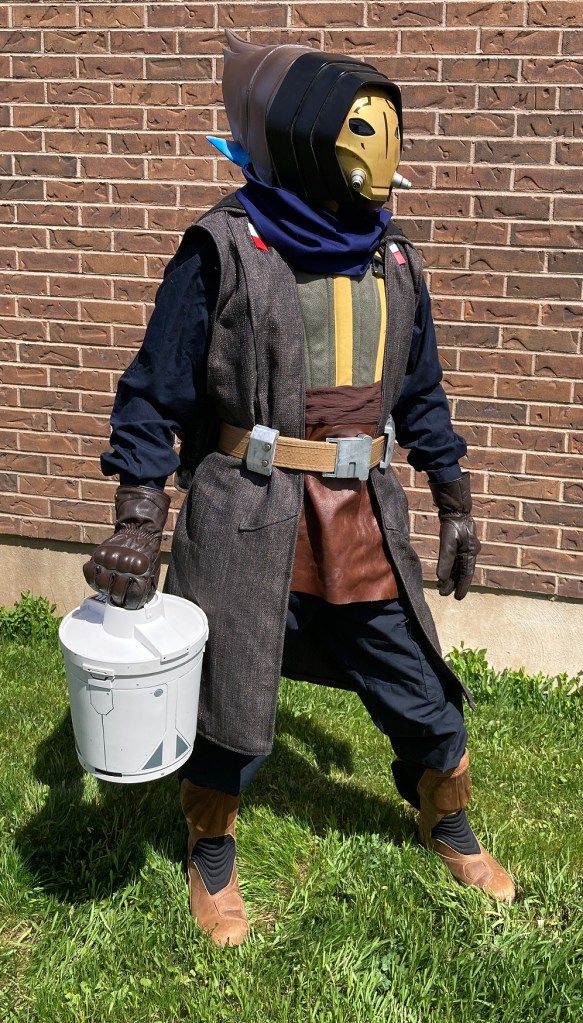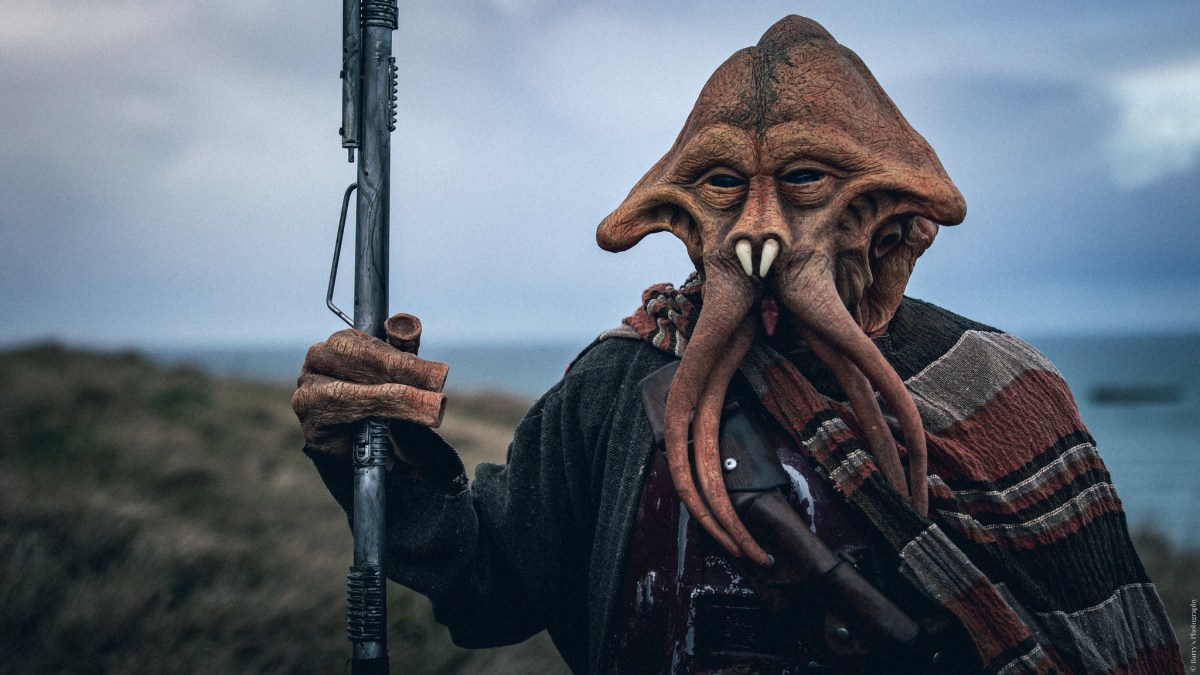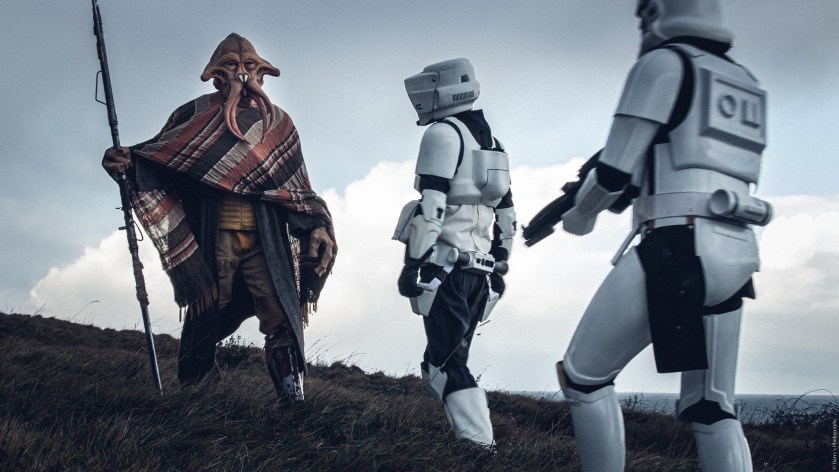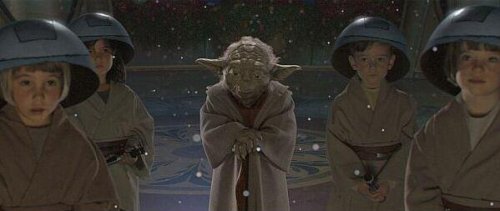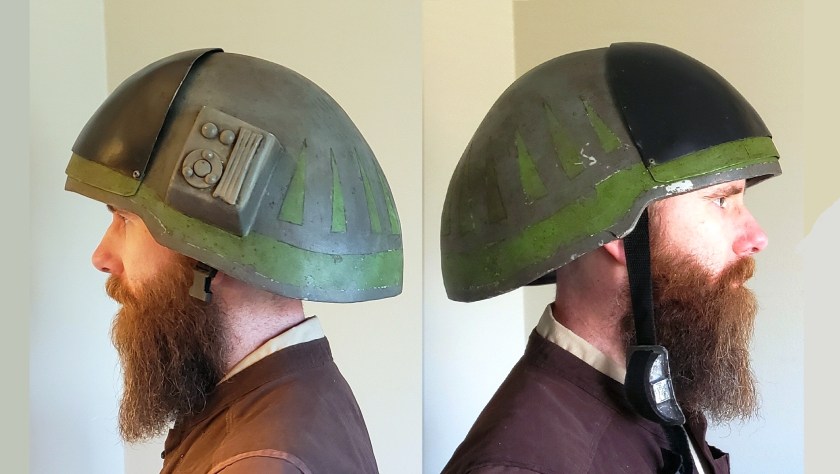Welcome to another installment of our ‘Galactic Style Guide counterpoint’ subseries, where we help you strengthen your ‘Star Wars eye’ by highlighting and remedying common faux pas that can make your kit look Not Star Warsy. As part of the GSG, the ultimate goal is still to help you create a more accurate ‘outer persona’ – but we approach the goal from the opposite direction!
This month, we’re taking a look at one of the specific elements which George Lucas decided would have no place in his Star Wars aesthetic – zippers! (For our look at the other form of visible fastener Lucas specifically didn’t want to see, see this previous entry).
If I were to ask you when you first learned that Lucas didn’t want to see zippers and buttons onscreen, there’s a very good chance it was sometime after 2014 and the release of Brandon Alinger’s excellent SW Costumes – The Original Trilogy. However, the no-visible-fastener rule had already been in print for at least seven years: discussed in Rinzler’s The Making of Star Wars (2007), on page 125. What accounts for the delay before this fundamental GFFA costuming rule became truly widely known is, I think, social media; Facebook was still in its relative infancy in 2007. Since then however, the top-down Lucas directive has become frequently-cited in costuming circles, and yet cosplayers and Batuu-bounders still try to excuse visible zippers in their costumes; typically, this involves pointing to a screenshot of Luke Skywalker zipping up his flightsuit in Episode V:

Remember, per our sources, Lucas said he didn’t want to see such fasteners, not that they didn’t exist at all (many seem to have trouble with this distinction). Why Luke’s zipper (and presumably, those of all the other onscreen pilots and technicians) is perfectly permissible is simple: once worn, it isn’t visible – it’s hidden by a flap! (If you can think of a way to convey a pilot suiting up for battle by donning a one-piece flightsuit without showing them zipping it up, I am all ears!) However, there are a fair number of other characters whose costumes do include uncovered zippers: luckily for us, these tend to fall into one of two categories; unluckily for us, things seem to have taken a step backwards in the modern era…
keep reading for plenty of examples from the lucas and disney eras!
